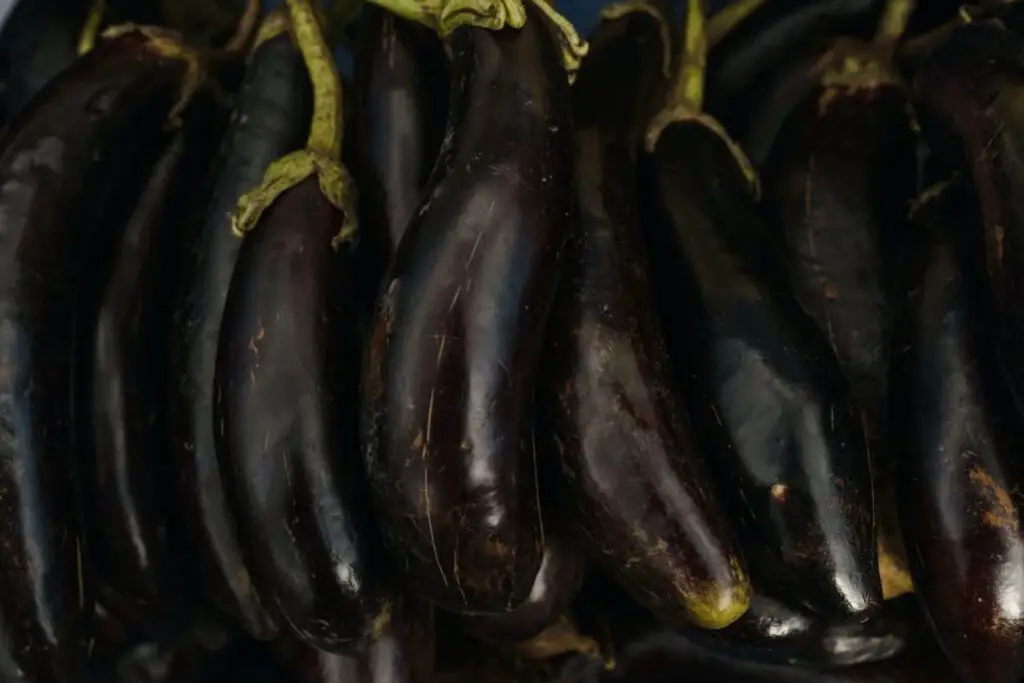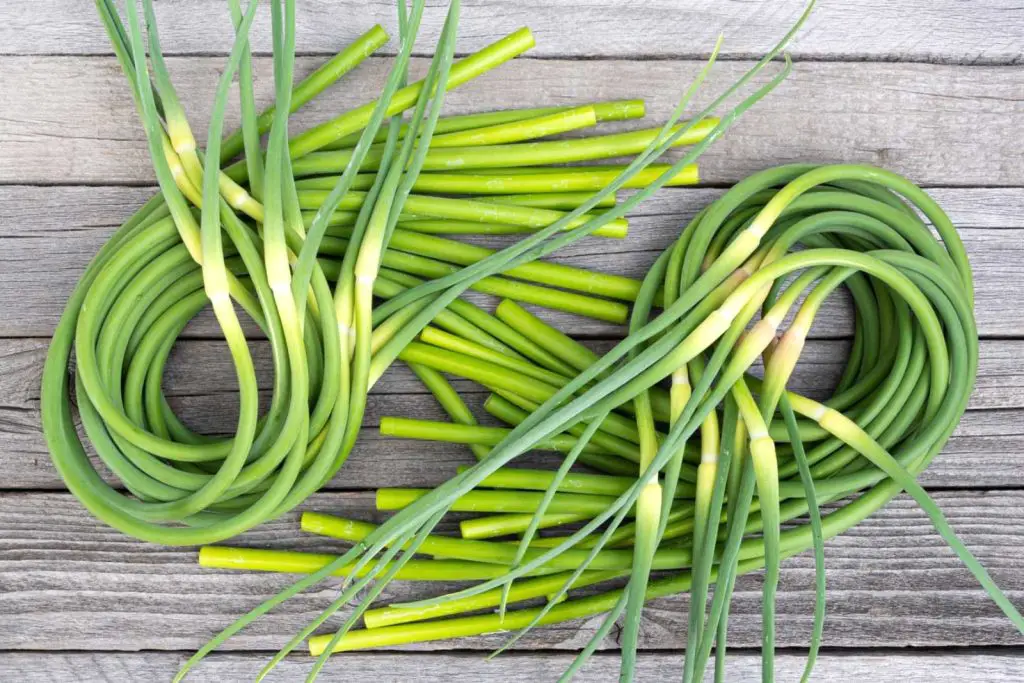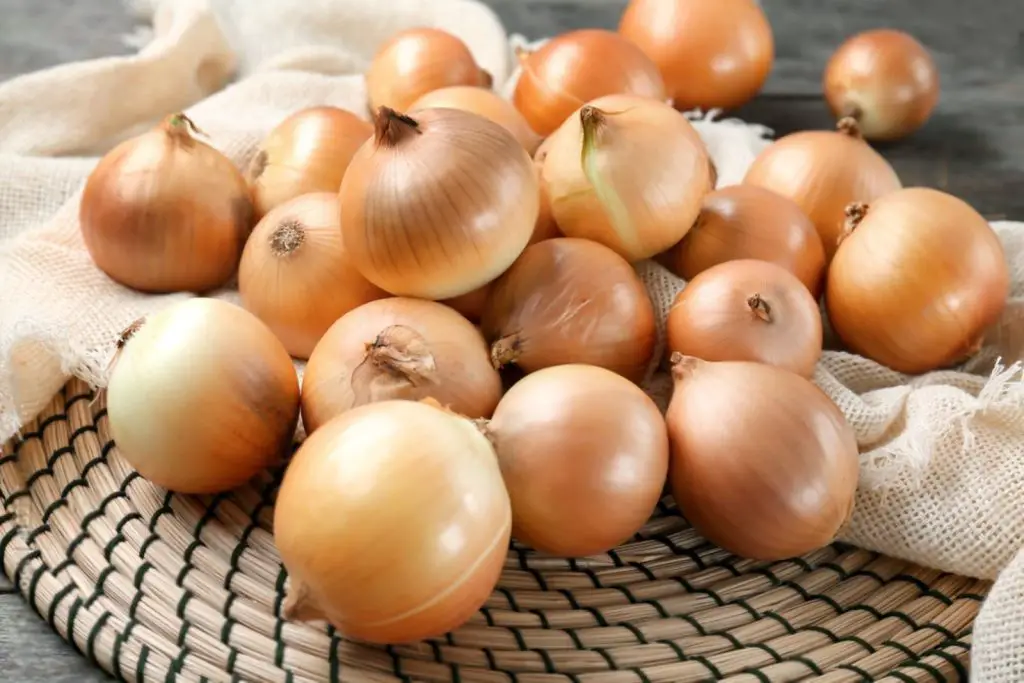
Borlotti beans, lso known as cranberry beans, are a versatile legume that is cherished for its rich, nutty flavor and creamy texture. Borlotti beans are popular in Italian and Mediterranean cuisine, where they are used in a wide range of dishes such as soups, stews, salads, and even as a filling for pasta. These beautiful beans are characterized by their speckled pinkish-red skin, which turns beige when cooked, revealing their delicate, velvety interior. If you have an abundance of borlotti beans or simply want to extend their shelf life, freezing them is an excellent option. In this guide, we’ll explore the process of freezing borlotti beans, providing you with helpful tips and techniques to ensure that the beans retain their flavor, texture, and nutritional value, allowing you to enjoy the goodness of borlotti beans whenever you desire, whether it’s for a hearty winter soup or a comforting side dish throughout the year.
Here are the simple steps to freeze borlotti beans:
Step 1: Select and Prepare the Beans
When it comes to freezing borlotti beans, selecting the right beans and preparing them properly is crucial for maintaining their quality and flavor. Follow these steps to ensure you start with the best beans for freezing:
- Choose fresh and ripe borlotti beans: Whether you purchase borlotti beans from your local market or have the opportunity to harvest them from your garden, opt for beans that are fresh and ripe. Look for beans that are plump and feel firm when you gently squeeze them. Avoid beans that appear wrinkled or have soft spots, as they may not freeze well.
- Inspect for signs of mold or damage: Examine the beans carefully to ensure there are no visible signs of mold, decay, or damage. Moldy or spoiled beans should be discarded, as they can affect the quality of the other beans during the freezing process.
- Shell the beans: Once you have selected your borlotti beans, it’s time to remove them from their pods. Gently press the seam of the pod with your thumb, and the pod should split open, revealing the beans inside. Discard the empty pods and collect the beans in a bowl or colander.
- Discard discolored or shriveled beans: While shelling the beans, keep an eye out for any beans that appear discolored or shriveled. These beans may not freeze well and could impact the overall texture and taste of the frozen borlotti beans. Remove them from the batch and set them aside.
By selecting fresh and ripe borlotti beans, shelling them properly, and discarding any damaged or discolored beans, you set the foundation for freezing beans that will retain their quality and flavor. Taking these steps ensures that only the best beans make it into the freezing process, resulting in delicious borlotti beans to enjoy in your favorite recipes later on.
Step 2: Blanch the Beans
Blanching is an essential step when freezing borlotti beans as it helps maintain their color, texture, and nutritional value. Follow these steps to blanch the beans effectively:
- Prepare a large pot of boiling water: Fill a large pot with enough water to fully submerge the borlotti beans. Place the pot on the stove and bring the water to a rolling boil.
- Prepare an ice water bath: While the water is boiling, fill a bowl or basin with cold water and add ice cubes to create an ice water bath. This will be used to rapidly cool down the beans after blanching.
- Add the shelled borlotti beans to the boiling water: Carefully add the shelled beans to the boiling water. It’s important to avoid overcrowding the pot, so blanch the beans in batches if necessary.
- Blanch the beans for 2-3 minutes: Once the beans are added to the boiling water, let them blanch for approximately 2-3 minutes. This blanching time is sufficient to inactivate enzymes that can cause loss of color and texture degradation during freezing.
- Transfer the beans to the ice water bath: After the blanching time is complete, use a slotted spoon or a strainer to immediately transfer the beans from the boiling water to the ice water bath. Plunging the beans into ice water rapidly cools them down and stops the cooking process, preserving their crispness and vibrant color.
- Allow the beans to cool completely: Leave the beans in the ice water bath until they have completely cooled down. This will take a few minutes. Cooling the beans quickly helps retain their freshness and prevents them from becoming overcooked.
Blanching the borlotti beans before freezing helps to deactivate enzymes that can cause deterioration in flavor, color, and texture. By following these steps, you ensure that the beans retain their vibrant appearance and desirable texture throughout the freezing process.
Step 3: Drain and Dry
After blanching and cooling the borlotti beans, it’s important to drain and dry them properly before freezing. Follow these steps to ensure excess moisture is removed:
- Remove the beans from the ice water bath: Using a slotted spoon or strainer, carefully lift the borlotti beans out of the ice water bath, allowing the excess water to drain off.
- Thoroughly drain the beans: Shake the strainer gently or tap it against the sink to remove any remaining water from the beans. Alternatively, you can place the beans on a colander and allow them to drain for a few minutes. Ensuring the beans are well-drained prevents excess moisture from being trapped during freezing.
- Spread the beans to dry: Lay a clean kitchen towel or several layers of paper towels on a flat surface, such as a countertop or baking sheet. Spread the drained borlotti beans in a single layer on the towel or paper towels. Make sure the beans are evenly spaced and not overlapping.
- Allow the beans to dry completely: Leave the beans to air dry for several hours or until they are completely dry. This process helps remove any remaining moisture on the surface of the beans, preventing the formation of ice crystals during freezing.
- Check for dryness: Before proceeding to the next step, ensure that the beans are completely dry to the touch. If there is any residual moisture, continue drying for a bit longer.
Properly draining and drying the borlotti beans before freezing is crucial for maintaining their quality. By removing excess moisture, you minimize the risk of ice crystals forming, which can lead to freezer burn and compromise the texture and taste of the beans. Once the beans are thoroughly dry, they are ready to be portioned and packaged for freezing.
Step 4: Portion and Pack
After the borlotti beans have been properly dried, it’s time to portion and package them for freezing. Follow these steps to ensure the beans are well-preserved and protected from freezer burn:
- Determine portion sizes: Consider your future usage and determine how much of the borlotti beans you would typically use in a single serving or recipe. This will help you decide on the appropriate portion sizes for packaging.
- Divide the beans into portions: Using a measuring cup or kitchen scale, divide the dried borlotti beans into the desired portions. Place each portion in a separate bowl or container for easy access during the packaging process.
- Choose suitable packaging: There are several options for packaging the borlotti beans for freezing. You can use resealable plastic bags, airtight containers, or vacuum-sealed bags. Select packaging that is specifically designed for freezer storage and can provide a tight seal to prevent air and moisture from entering.
- Fill the packaging: Take one portion of the borlotti beans and carefully transfer them into the chosen packaging. Ensure that the packaging is not overfilled, leaving enough space for expansion during freezing. Leave a small amount of headspace at the top to allow for any potential expansion without causing the packaging to burst.
- Seal the packaging: If using resealable plastic bags, press out as much air as possible before sealing them securely. If using airtight containers, ensure the lids are tightly sealed. For vacuum-sealed bags, follow the manufacturer’s instructions to remove air and create an airtight seal.
- Label the packaging: Use a marker or adhesive labels to clearly indicate the contents of each package and the date of freezing. This information will help you keep track of the beans and ensure they are used within a reasonable time frame.
- Repeat for remaining portions: Repeat the filling and sealing process for the remaining portions of borlotti beans until all the beans are properly packaged.
By portioning the beans and selecting suitable packaging, you ensure convenience and ease of use when you need to retrieve a specific amount. Properly sealed packaging protects the beans from exposure to air and moisture, minimizing the risk of freezer burn and maintaining the quality of the beans during storage. Remember to store the packaged beans in the coldest part of your freezer for optimal preservation.
Step 5: Freeze and Storage
Once the borlotti beans are properly portioned and packaged, it’s time to freeze and store them. Follow these steps to ensure the beans remain fresh and maintain their quality:
- Arrange beans in a single layer: Place the packages of portioned beans in the freezer, making sure they are arranged in a single layer. This allows for quicker and more even freezing of the beans. If you have limited freezer space, you can stack the packages, but ensure there is some space between them for air circulation.
- Label the packages: To keep track of the freezing time and maintain proper rotation, it is essential to label each package with the date of freezing. This way, you can easily identify the age of the beans and use them in a timely manner.
- Store in the coldest part of the freezer: Position the beans in the coldest part of your freezer, usually the back or bottom shelf. This area typically maintains a consistent temperature of 0°F (-18°C) or below, which is necessary for proper freezing and preservation.
- Minimize temperature fluctuations: Avoid frequent opening and closing of the freezer door to prevent temperature fluctuations. Fluctuations can lead to moisture accumulation and affect the quality of the frozen beans. If you need to access the beans, retrieve them quickly and close the freezer door promptly.
- Maintain a frozen temperature: Ensure that your freezer maintains a temperature of 0°F (-18°C) or lower. Regularly check the temperature with a freezer thermometer to ensure it stays within the safe range. A consistent low temperature helps maintain the quality of the beans during storage.
By arranging the beans in a single layer, labeling the packages, storing in the coldest part of the freezer, and maintaining a consistent frozen temperature, you are ensuring optimal freezing and storage conditions for the borlotti beans. Following these steps will help preserve the flavor, texture, and nutritional value of the beans for an extended period.
How long can borlotti beans last in the freezer?
Borlotti beans can last in the freezer for up to 8 to 12 months. When properly stored in airtight containers or freezer bags, they can maintain their quality for an extended period. However, it is recommended to consume them within the first 6 to 8 months for the best flavor and texture.
Step 6: Thaw the Frozen Borlotti Beans
When the time comes to use the frozen borlotti beans, it’s important to thaw them properly to maintain their texture and quality. Follow these steps to thaw and utilize the frozen beans:
- Retrieve desired portion from the freezer: Take out the package of borlotti beans that you want to use from the freezer. Make sure to handle the other remaining packages quickly to minimize their exposure to warmer temperatures.
- Thaw in the refrigerator: Place the package of beans in the refrigerator and allow them to thaw overnight. Thawing in the refrigerator is the safest method as it ensures a controlled and gradual thawing process, preventing bacterial growth.
- Avoid thawing at room temperature: It’s important to avoid thawing the beans at room temperature, as this can create an environment for bacteria to multiply. Thawing at room temperature can also lead to uneven thawing and loss of texture.
- Utilize the thawed beans: Once the borlotti beans have completely thawed, they are ready to be used in your favorite recipes. Add them to soups, stews, salads, or any other dishes that call for cooked borlotti beans. The thawed beans will have a similar texture and flavor to freshly cooked beans.
- Refreeze unused portion (optional): If you have thawed more beans than you need for your recipe, you can safely refreeze the unused portion. However, it’s important to note that the texture of the beans may slightly change after being frozen and thawed a second time.
By thawing the frozen borlotti beans in the refrigerator overnight, you ensure a safe and controlled thawing process. Once thawed, the beans can be easily incorporated into various recipes, adding their distinct flavor and texture. Enjoy the convenience of having frozen borlotti beans on hand whenever you need them, without compromising their taste or quality.
Other related questions
Can you refreeze borlotti beans?
It is generally safe to refreeze borlotti beans if they have been thawed properly in the refrigerator and have not been left at room temperature for an extended period. However, it is important to note that the texture and quality may be slightly affected after being thawed and refrozen. It is advisable to consume the beans promptly after the second freezing to maintain their optimal taste and texture.
How do I know if the borlotti beans have gone bad after being frozen?
After being frozen, borlotti beans can develop signs of spoilage if they have gone bad. Look for indications such as freezer burn, discoloration, unpleasant odor, or a slimy texture. If any of these signs are present, it is best to discard the beans to avoid consuming spoiled food. Always trust your senses and prioritize food safety when determining if frozen borlotti beans are no longer suitable for consumption.
Can I freeze borlotti beans if they were previously soaked?
It is not recommended to freeze borlotti beans if they have been previously soaked. Freezing soaked beans can lead to a change in texture and quality, resulting in a mushy consistency. It is best to cook the soaked borlotti beans before freezing them for better results.
Can I freeze borlotti beans that have been cooked with other ingredients?”
Yes, you can freeze borlotti beans that have been cooked with other ingredients. However, it’s important to consider the composition of the dish and the specific ingredients used. Some ingredients may not freeze well or may experience changes in texture upon thawing. It is recommended to cool the cooked dish completely before portioning and freezing it in suitable airtight containers or freezer bags.
Can I freeze borlotti beans with the skins?
Yes, you can freeze borlotti beans with the skins intact. Freezing with the skins helps to maintain the beans’ shape and texture during storage. Before freezing, ensure that the beans are thoroughly cleaned and dried.
Can frozen borlotti beans be mashed or pureed after thawing for use in dips or spreads?
Yes, frozen borlotti beans can be mashed or pureed after thawing for use in dips or spreads.Once thawed, you can mash them with a fork or puree them in a food processor until you achieve the desired consistency. Season or mix with other ingredients according to your recipe to create flavorful dips or spreads.








